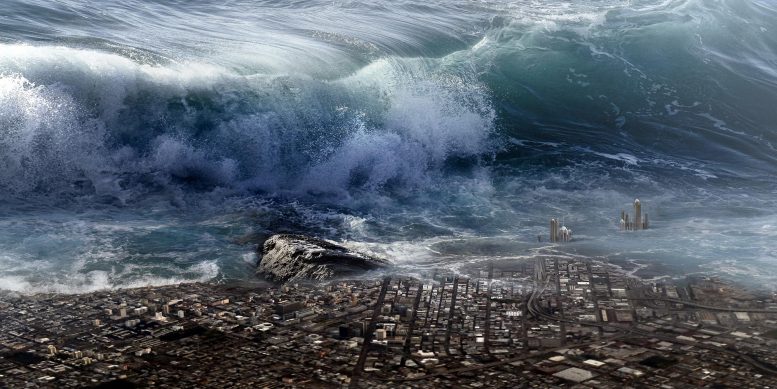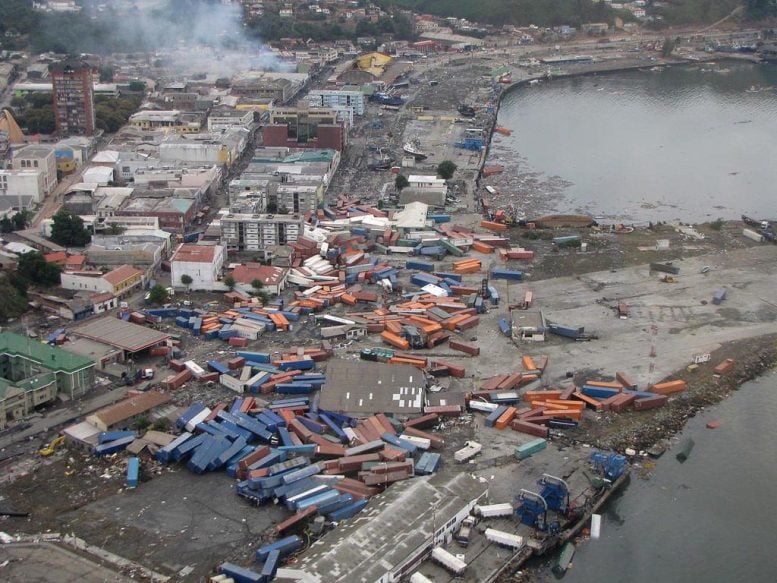We live on a planet wrapped in a magnetic shield that waxes and wanes with solar activity. Most days, that quiet background barely draws notice. Some days, it fluctuates more strongly.
The study behind this article asked a simple question: when Earth’s magnetic field gets unsettled, as it does during solar storms, is there a direct correlation to the number of heart attacks reported in humans on Earth?
Doctors in Brazil analyzed hospital admissions for myocardial infarction (heart attacks) over several years.
They tracked age, sex, and whether patients survived to discharge. Then they set those numbers alongside daily magnetic activity scores to see whether patterns aligned.



